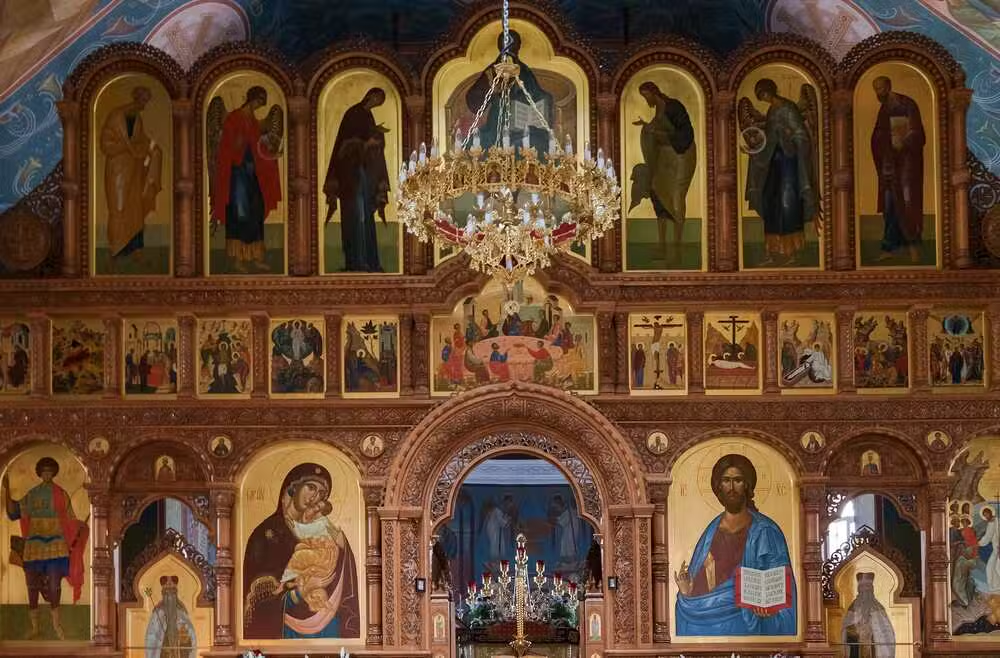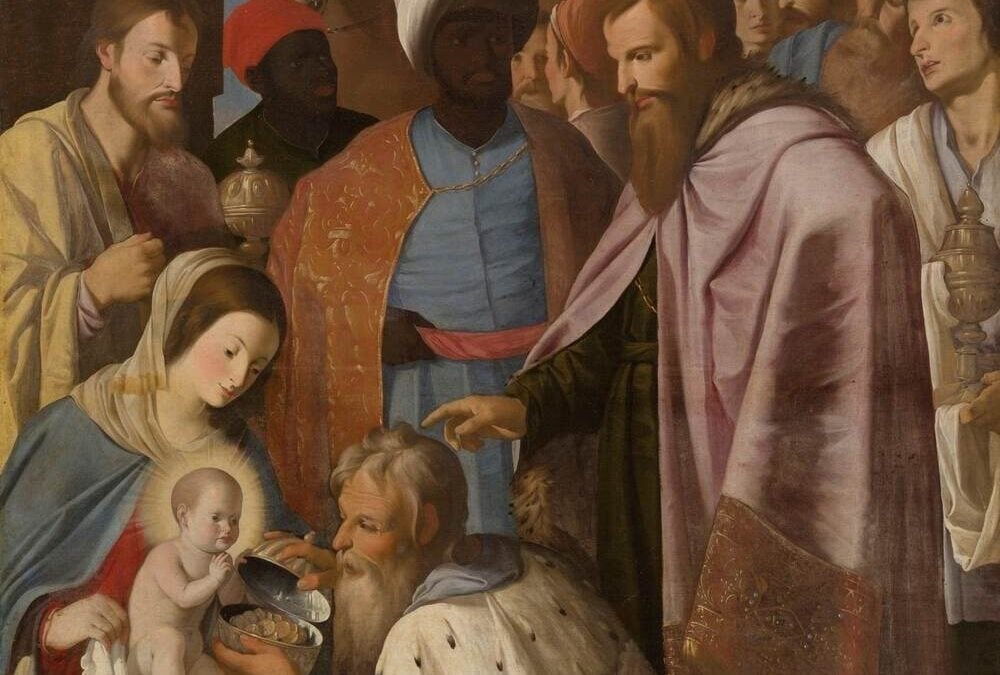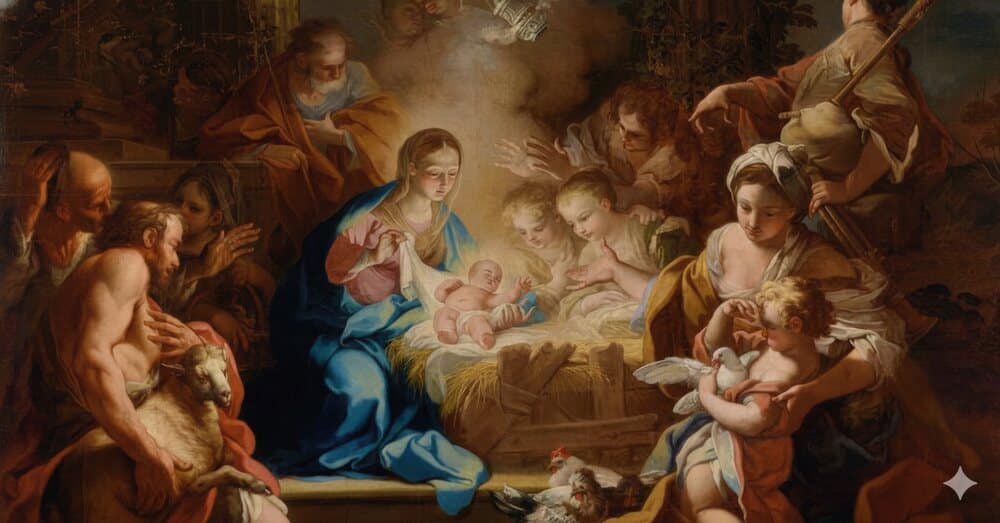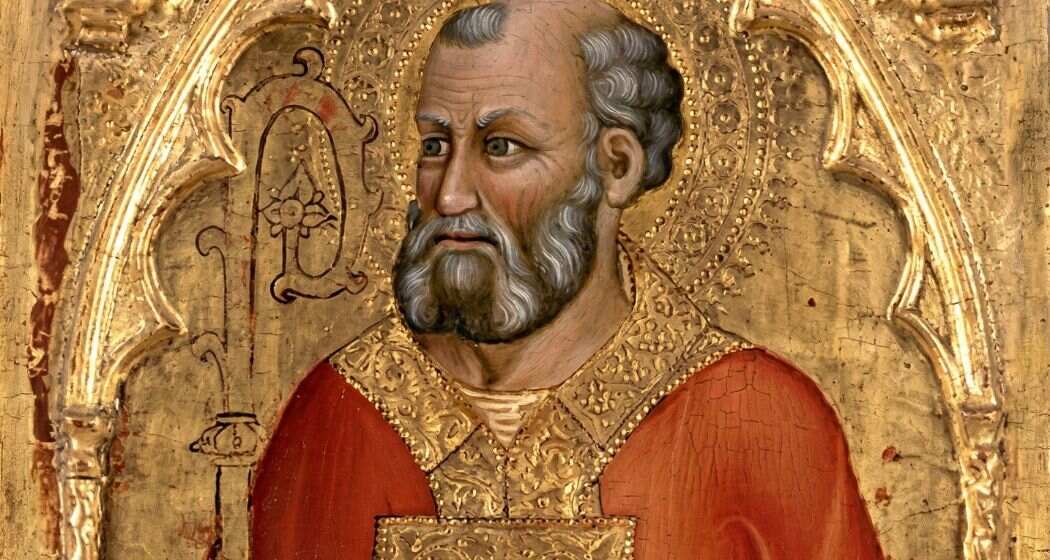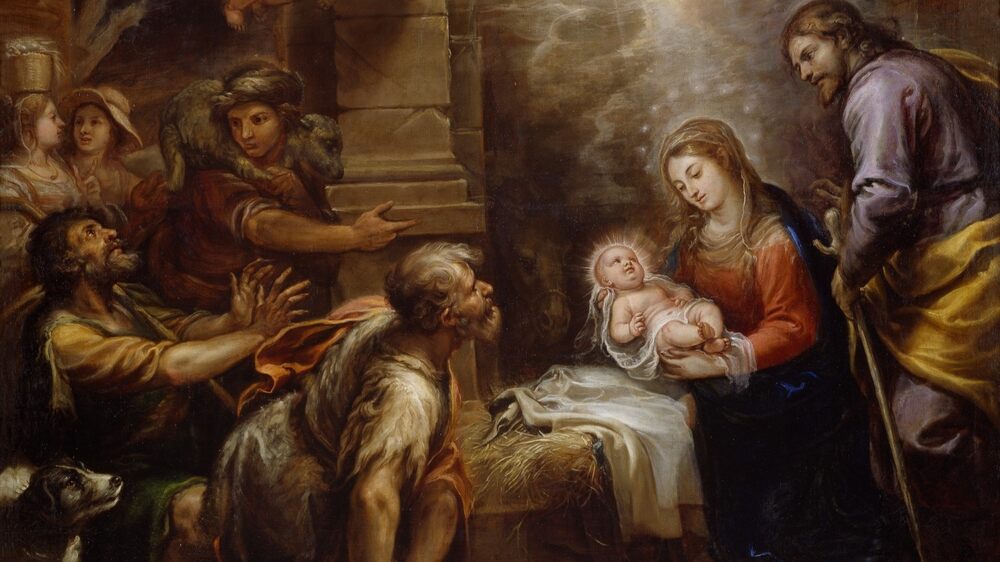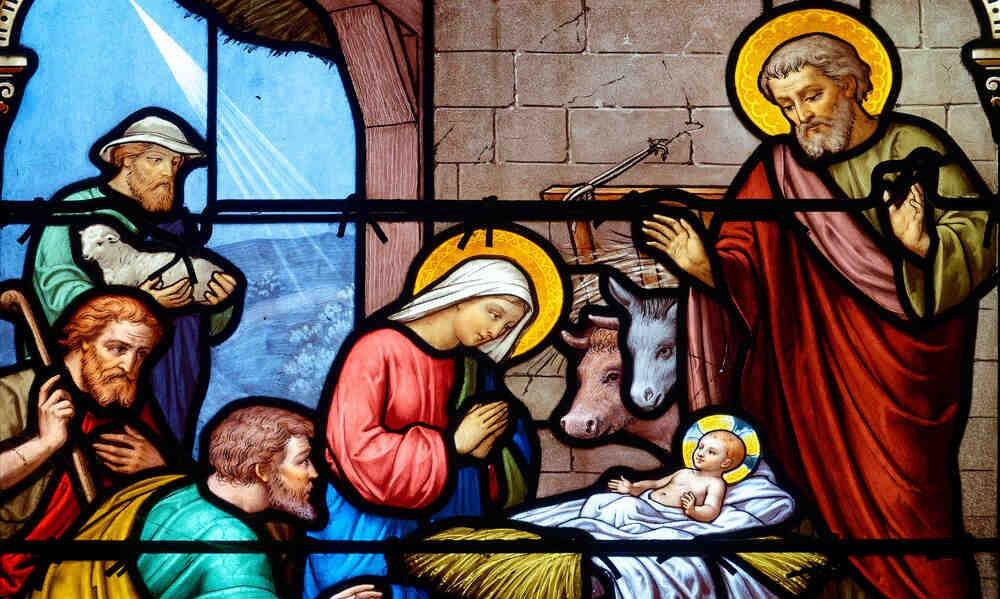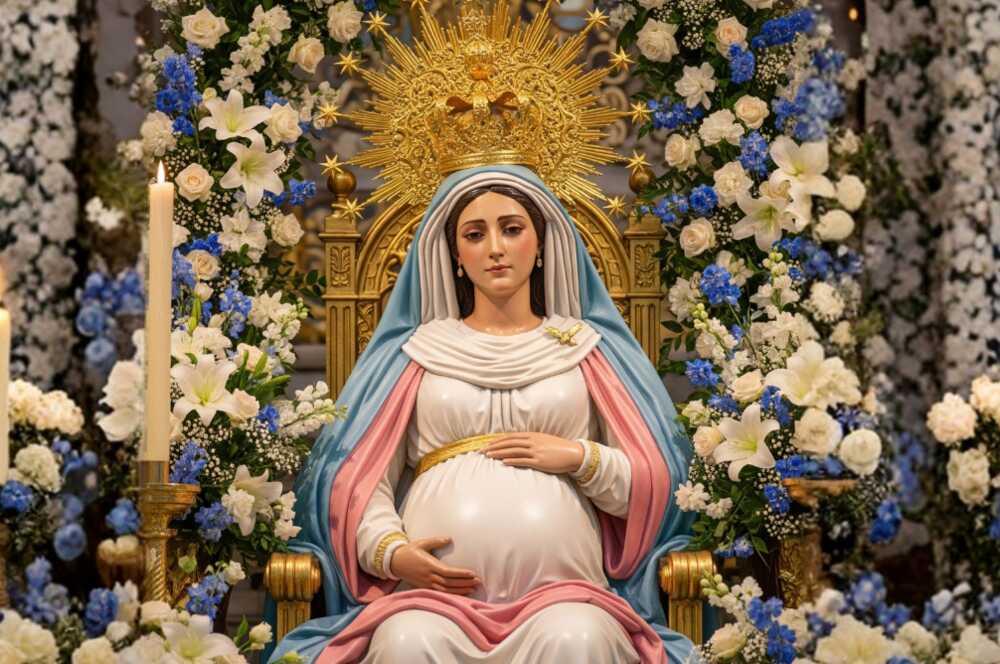Did you know that within the Catholic Church there are more than six distinct rites and twenty-four particular Churches that make up the whole Body?
In this and other articles, we’ll explore the rich liturgical diversity that, from the earliest centuries, has flourished in the one Church founded by Jesus Christ.
To begin, a clarification: the word Catholic means “universal.” The Church is Catholic because she is present throughout the world. Her mission is to proclaim the fullness of the faith and to administer the sacraments instituted by Christ for the salvation of souls. All Catholic faithful remain united under one Shepherd — the Successor of Peter, the Pope.
This universality does not mean uniformity. Throughout history, different liturgical, spiritual, and disciplinary traditions have arisen. Though distinct in form, they share the same faith and the same sacraments. These traditions have given rise to the various Catholic rites celebrated in particular Churches, both in the West and the East.
As Pope St. Paul VI reminds us the decree Orientalium Ecclesiarum:
“Between these there exists an admirable bond of union, such that the variety within the Church in no way harms its unity; rather it manifests it, for it is the mind of the Catholic Church that each individual Church or Rite should retain its traditions whole and entire and likewise that it should adapt its way of life to the different needs of time and place.” (n. 2).
You can use the Catholic Mass Times app to find the nearest Catholic church with Mass, Confession, and Adoration schedules. It will surely be useful! Download it now.
Catholic Rites and Particular Churches
To avoid confusion, it helps to distinguish between a Catholic rite and a particular Catholic Church.
- Catholic rite: A set of texts, gestures, music, discipline, and spirituality proper to a specific liturgical tradition. It includes the administration of the sacraments, the celebration of the liturgy, and other acts of public worship. Examples include the Latin, Byzantine, or Alexandrian rites, each with its own way of celebrating the Holy Mass.
- Particular Catholic Church: A community of the faithful, headed by a bishop, that lives the Catholic faith in communion with the Pope. A particular Church may use one or more rites. For example, the Ukrainian Catholic Church uses both the Byzantine and Latin rites.
As Pope St. John Paul II wrote:
The Church of Christ is Catholic, and therefore should not be conceived as the simple sum or, even less, the federation of particular Churches, but is already present and operates in each of them. (Orientale Lumen, n. 7).
All particular Churches — whether Western or Eastern — are in full communion with Rome. They are inseparable members of the one Body of Christ. As St. John Paul II famously said:
For one cannot breathe as Christians or, better, as Catholics, with only one lung; one must have two lungs, that is, the Eastern and the Western.
It is important to note that, although the Eastern Catholic Churches share a common heritage with the Orthodox Churches, there is a fundamental difference. The Eastern Catholic Churches are in full communion with the Bishop of Rome because they recognize his primacy. The Orthodox Churches, although they retain the same sacraments and apostolic succession, do not accept papal authority and, therefore, are not in full communion with the See of Peter.
Latin Catholic Rites
The Western (also called “Latin” or “Roman”) Church has the largest number of faithful. Over the centuries, she has developed several Catholic rites, the most widespread being the Roman Rite.
Historically, there were numerous local variants of the Roman Rite across the West. After the Council of Trent (1545–1563), Pope St. Pius V, through the Apostolic Constitution Quo Primum (1570), standardized the liturgy, making the Roman Rite the norm for the Latin Church. Exceptions were allowed only for liturgical traditions with over 200 years of continuous usage, such as the Ambrosian and Mozarabic rites.
Roman Rite
The ordinary form of liturgy in the Latin Church, the Roman Rite traces its origins to the first centuries of Christianity in Rome. It developed in Latin and, in essence, has remained intact since at least the 4th century.
Following the liturgical reform of the Second Vatican Council, it now exists in two forms:
Ordinary Form (1970 Missal), usually celebrated in the vernacular.
Extraordinary Form (usus antiquior — 1962 Missal), also known as the Tridentine Mass, celebrated in Latin. This follows the Missal of Pope St. Pius V after Trent.
The Roman Rite is known for its sobriety, the centrality of Scripture in the sacraments, and a clear, orderly structure of liturgical gestures.
It is predominant in Western Europe, the Americas, Australia, most of Africa, and parts of Asia.
There is also an Anglican Use of the Roman Rite, allowing former Anglican clergy to celebrate the sacraments with adapted Anglican forms, purified of doctrinal errors.
Ambrosian Rite
Proper to the Archdiocese of Milan, Italy, this rite has its own liturgical calendar, a different cycle of readings, and unique chants and prayers. It is traditionally attributed to St. Ambrose, the 4th-century bishop of Milan.
Mozarabic Rite
An ancient Hispanic liturgy preserved mainly in the Cathedral of Toledo and a few Spanish communities. It developed during the Visigothic and Islamic periods in the Iberian Peninsula. Poetic in structure, with notable devotion to the Holy Spirit, it differs significantly from the Roman Rite.
Other Latin Catholic Rites
Some religious orders maintain their own liturgical rites, with distinct missals for their saints and feasts — including the Benedictines, Carmelites, Carthusians, Cistercians, Dominicans, and Premonstratensians (Norbertines).
For example, the Carthusian Rite is unique in that the deacon prepares the offerings during the Epistle, the celebrant washes his hands twice during the offertory, and the Eucharistic Prayer is said with arms extended in the form of a cross.
Local rites also exist, such as the Braga Rite (Portugal) and the Lyon Rite (France).
Eastern Catholic Rites
Alexandrian Rite
The Alexandrian Rite has its roots in the ancient Church of Alexandria, Egypt, and its liturgy is attributed to St. Mark the Evangelist. The liturgy is solemn, with abundant hymns and processions. S is celebrated in Coptic, although other languages such as Arabic and Geez are also used. It is used by the churches of Egypt, Ethiopia, Eritrea and Somalia.
- You might be interested in: Did you know that Saint Mark evangelized in Egypt?
Armenian Rite
The Armenian Rite has a very ancient history, since Armenia was the first country to adopt Christianity as a state religion in the 4th century.
The Armenian Catholic Church is headed by the Patriarch of Cilicia of the Armenians, based in Beirut, Lebanon.
There are significant communities of Armenian immigrants in Europe, North and South America, and Australia.
Armenians are the only Eastern Church that uses wine without water for consecration.
Byzantine Rite
The Byzantine Rite is the most important and widespread of the Eastern Catholic rites. It is celebrated by the Albanian, Belarusian, Bulgarian, Byzantine (Ruthenian), Greek, Hungarian, Italo-Albanian, Križevci (Croatian), Macedonian, Melkite, Romanian, Russian, Ruthenian, Slovak and Ukrainian Catholic Churches.
Its liturgy is based on that developed by the apostle James for the Church of Antioch. It was modified by St. Basil and St. John Chrysostom.
It is characterized by the iconostasis (a wall of icons that separates the sanctuary from the rest of the church), the veneration of icons and a cappella singing. Byzantine spirituality focuses on theosis (divinization), that is, the union of man with God through grace.
- You might be interested in: 7 Keys to Understanding the Byzantine Rite
Chaldean / East Syriac Rite
The Chaldean Rite developed two liturgical traditions. One from ancient Mesopotamia that traces its roots to Mar Addai and Mar Mari, disciples of St. Thomas the Apostle. And the other is the Syro-Malabar Rite, which developed in India and was created by the same apostle.
The liturgical language is Syriac, although Arabic and English are also used.
The Chaldean spiritual tradition emphasizes the image of Christ as the “Good Shepherd”, the awareness of human unworthiness and a gradual progression towards holiness.
The Chaldean Catholic Church has its Patriarchate in Baghdad, Iraq, with eparchies (dioceses) throughout the world.
The Chaldean Catholic Church is historically located in Iraq (Mesopotamia), Iran and Lebanon.
West Syriac Rite
The West Syriac Rite has its roots in the liturgy attributed to James the Apostle, used by the Church in Antioch, Syria.
It is used by the Maronite, Syrian and Syro-Malankara churches.
- You might be interested in: Who are the Maronites?
A Single Faith Expressed in Diverse Catholic Rites
The plurality of Catholic rites is a sign of true catholicity. In all of them the same faith is celebrated and the same Eucharistic sacrifice is participated in. Pope St. John Paul II, in his encyclical Ut Unum Sint, stressed that these Eastern Churches
manifest the unity of the Church in legitimate diversity (n. 54).
In another of his letters, Orientale Lumen, the Pontiff encouraged Catholics to
preserve and revitalize their heritage (n. 20)
He also stated that
the words of the West need those of the East, so that the Word of God may reveal its unfathomable riches more clearly (n. 28).
This harmony of traditions manifests that the Church, one and universal, walks united towards Christ, source of all communion, in the rich diversity of its Catholic rites.
Let us always pray for the unity of the Holy Mother Church.
What are Catholic Rites?
Catholic rites are a set of ceremonies, practices and forms of worship that are used in the celebration of the liturgy and the sacraments.
How many Catholic Rites are there?
There are a large number; they are grouped into Latin rites and Eastern rites, each with its variants.
Are all Catholic Rites Equally Valid?
Yes, all Catholic rites celebrate the same sacraments and profess the same Catholic faith.
Can I Attend Mass in any Catholic Rite?
Yes, any Catholic can participate and receive communion in the Mass of any rite in full communion with Rome.
Why Does the Church Preserve Different Rites?
Because from the beginning the Catholic faith was embodied in diverse cultures, and the Church has preserved these riches and differences as part of its catholicity.

